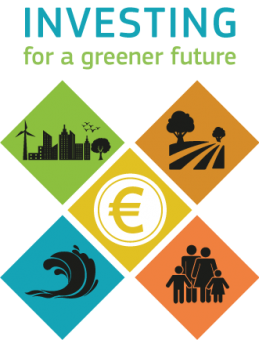 Thursday looked at investing in our oceans to ensure that they stay healthy and productive for future generations. Participants across Europe explored the potential of our oceans – if used responsibly – to create sustainable growth and bring prosperity in decades to come.
Thursday looked at investing in our oceans to ensure that they stay healthy and productive for future generations. Participants across Europe explored the potential of our oceans – if used responsibly – to create sustainable growth and bring prosperity in decades to come.
The day began with several morning events. The first Seanergy Convention took place in Biarritz, France where marine renewable energy professionals came together to discuss the latest developments in this rapidly growing sector. At the same time, EU Commissioner for Maritime Affairs and Fisheries, Karmenu Vella spoke about the importance of valuing natural resources, at the European Business Summit in Brussels.
All week, people have been showing how they care for the environment they live in by taking part in activities in the Eurotas region of Greece, which included a beach clean-up and workshop on protecting our oceans today.
In the afternoon, a webinar on how to access EU financing for sustainable ocean projects (so-called blue projects) helped spread the word on the many funding opportunities available.
For more information visit site.




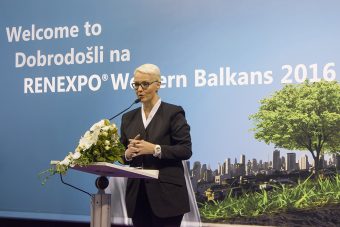 RENEXPO® Water Management will be held from 06th to 08th June 2016 in Holiday Inn Hotel, in Belgrade. Therefore, we interviewed Mrs Myriam Fridman Dobrota, who has been preparing with REECO team numerous trade fairs this year. Speaking of water management, we want to remind our readers that this management is a set of measures and activities aimed at the maintenance and improvement of the water regime, ensuring the required quantities of water, ensuring required quality of water for different purposes etc. This management takes care of water pollution protection and protection against harmful effects of water. Main activities are implemented through the Serbian Governmental institutions, institutions of the autonomous province, bodies of local self-government and public water management company. Specifically, water management is based upon the principle set out in Article 25 of the Water Act. All activities are directed and specified by strategies and plans. Here is what Mrs Fridman Dobrota told us about RENEXPO and upcoming event.
RENEXPO® Water Management will be held from 06th to 08th June 2016 in Holiday Inn Hotel, in Belgrade. Therefore, we interviewed Mrs Myriam Fridman Dobrota, who has been preparing with REECO team numerous trade fairs this year. Speaking of water management, we want to remind our readers that this management is a set of measures and activities aimed at the maintenance and improvement of the water regime, ensuring the required quantities of water, ensuring required quality of water for different purposes etc. This management takes care of water pollution protection and protection against harmful effects of water. Main activities are implemented through the Serbian Governmental institutions, institutions of the autonomous province, bodies of local self-government and public water management company. Specifically, water management is based upon the principle set out in Article 25 of the Water Act. All activities are directed and specified by strategies and plans. Here is what Mrs Fridman Dobrota told us about RENEXPO and upcoming event.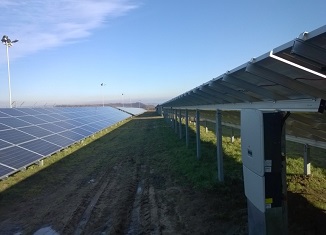
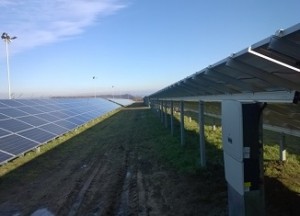 An upsurge in new wind, solar and hydro plants and capacity saw renewable energy smash global records last year, according to a report on new supply.
An upsurge in new wind, solar and hydro plants and capacity saw renewable energy smash global records last year, according to a report on new supply.
 The mean temperature between March and May was 23.86C but winter could be cooler than normal as El Niño wanes.
The mean temperature between March and May was 23.86C but winter could be cooler than normal as El Niño wanes.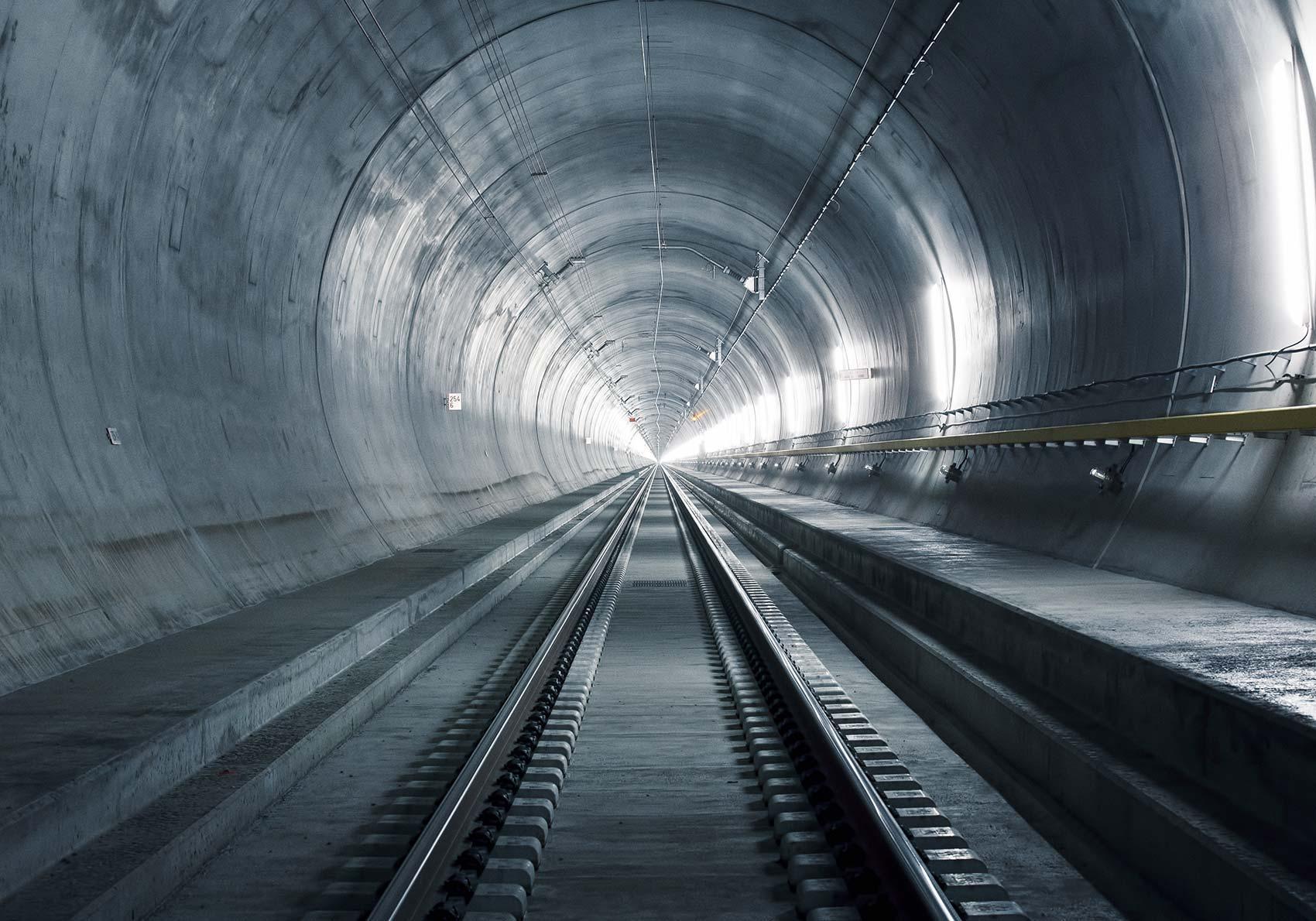
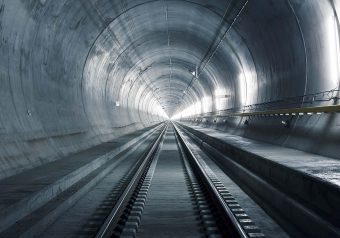 The Gotthard base tunnel in Switzerland will be officially inaugurated with an international ceremony presided over by the Swiss Government. At this and the public celebration that will follow, ABB will showcase its contributions and vision of the future in two exhibition pavilions. Here’s what the visitors can expect.
The Gotthard base tunnel in Switzerland will be officially inaugurated with an international ceremony presided over by the Swiss Government. At this and the public celebration that will follow, ABB will showcase its contributions and vision of the future in two exhibition pavilions. Here’s what the visitors can expect.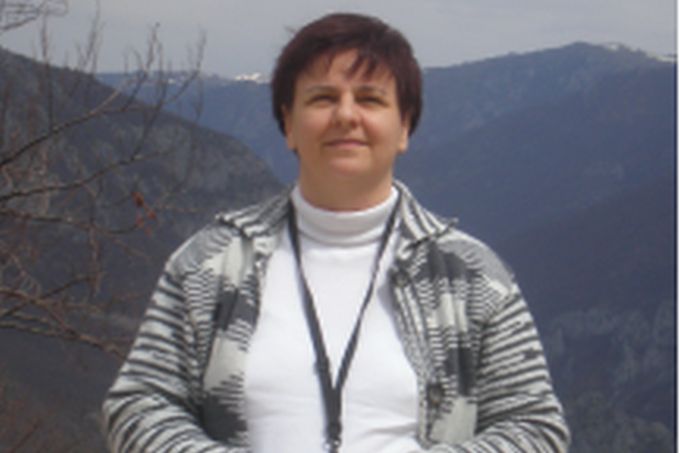
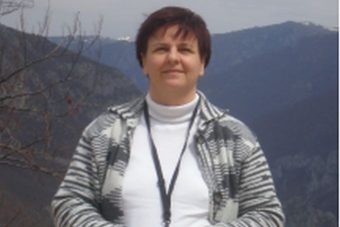
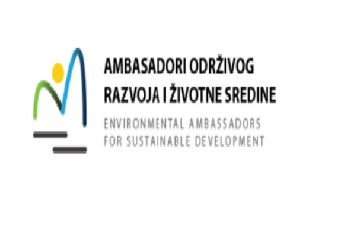
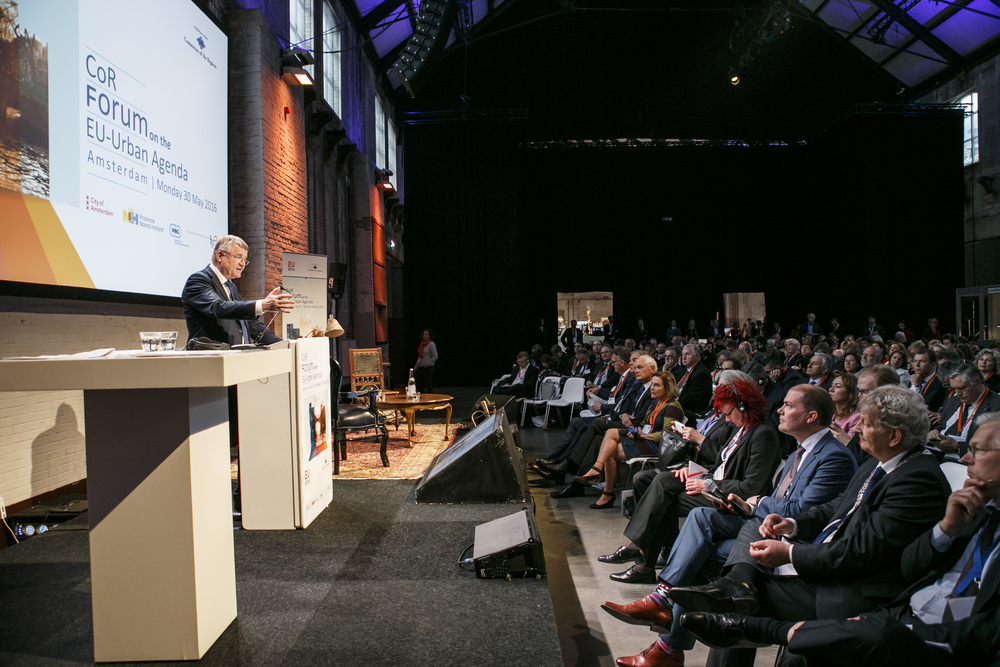
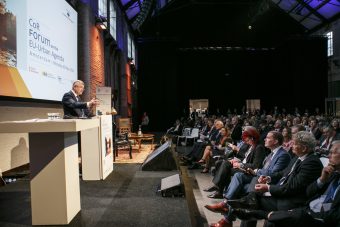 Day 1 – Kicking off Green Week 2016!
Day 1 – Kicking off Green Week 2016! 
 Keeping a long-standing tradition, EU institutions will open their doors to the public this Saturday, 28 May. DG Energy and DG Clima will have a stand in the Commission’s Berlaymont building near Rond Point Schuman, Brussels.
Keeping a long-standing tradition, EU institutions will open their doors to the public this Saturday, 28 May. DG Energy and DG Clima will have a stand in the Commission’s Berlaymont building near Rond Point Schuman, Brussels.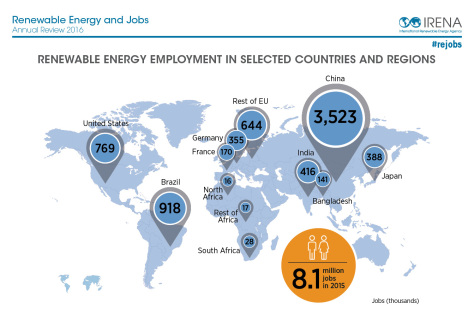
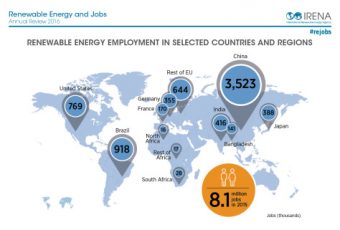 More than 8.1 million people worldwide are now employed by the renewable energy industry – a 5% increase from last year – according to a report released today by IRENA at its 11th Council meeting. The report, Renewable Energy and Jobs – Annual Review 2016, also provides a global estimate of the number of jobs supported by large hydropower, with a conservative estimate of an additional 1.3 million direct jobs worldwide.
More than 8.1 million people worldwide are now employed by the renewable energy industry – a 5% increase from last year – according to a report released today by IRENA at its 11th Council meeting. The report, Renewable Energy and Jobs – Annual Review 2016, also provides a global estimate of the number of jobs supported by large hydropower, with a conservative estimate of an additional 1.3 million direct jobs worldwide.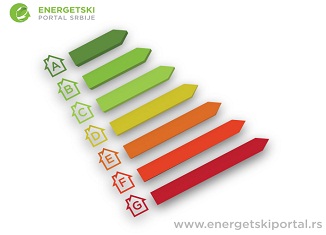

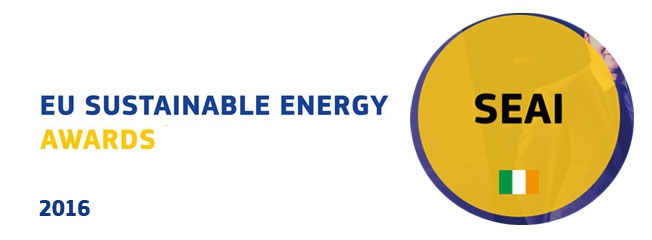
 Ireland has set itself a tough energy efficiency target. The country is aiming to achieve energy savings of 33% compared to the overall EU target of 27% by 2030.
Ireland has set itself a tough energy efficiency target. The country is aiming to achieve energy savings of 33% compared to the overall EU target of 27% by 2030.

 The digital revolution, also called the 4th revolution, started in 1969, but today it is mostly related to software. The change is in paradigm shift, of which one is related to the power business and one in the automation business, Reiner Schoenrock, Strategic Product and Innovation Communication at ABB said, when speaking about the All this also impacts people and running the companies. The shift is happening in power business, with more RES being integrated in the network, the flexibility to integrate them comes from software and data.
The digital revolution, also called the 4th revolution, started in 1969, but today it is mostly related to software. The change is in paradigm shift, of which one is related to the power business and one in the automation business, Reiner Schoenrock, Strategic Product and Innovation Communication at ABB said, when speaking about the All this also impacts people and running the companies. The shift is happening in power business, with more RES being integrated in the network, the flexibility to integrate them comes from software and data.
